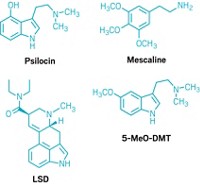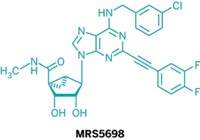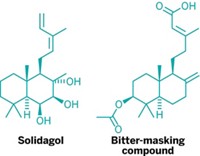Advertisement
Grab your lab coat. Let's get started
Welcome!
Welcome!
Create an account below to get 6 C&EN articles per month, receive newsletters and more - all free.
It seems this is your first time logging in online. Please enter the following information to continue.
As an ACS member you automatically get access to this site. All we need is few more details to create your reading experience.
Not you? Sign in with a different account.
Not you? Sign in with a different account.
ERROR 1
ERROR 1
ERROR 2
ERROR 2
ERROR 2
ERROR 2
ERROR 2
Password and Confirm password must match.
If you have an ACS member number, please enter it here so we can link this account to your membership. (optional)
ERROR 2
ACS values your privacy. By submitting your information, you are gaining access to C&EN and subscribing to our weekly newsletter. We use the information you provide to make your reading experience better, and we will never sell your data to third party members.
Biological Chemistry
Aromatase Inhibitors
July 30, 2007
| A version of this story appeared in
Volume 85, Issue 31
I couldn't tell from Sarah Everts' article whether the natural chemical chrysin was as bad a signal blocker as the unnatural chemicals she mentioned (bisphenol A, methyl parathion, pentachlorophenol, and DDT) (C&EN, June 11, page 14). On the other hand, chrysin was one of the most potent antiaromatase compounds in one study. That could be as important to senior citizens as signal disruption is to nitrogen-fixing nodules.
Aging men often have excess aromatase enzyme activity, and too much of their testosterone is converted to estrogen. In mice injected with diazepam (Valium), chrysin, or placebo, chrysin produced antianxiety effects comparable to diazepam, but without sedation and muscle relaxation. For women, aromatase inhibitors are used to treat estrogen-dependent breast cancers. Of 11 flavonoids in one study, chrysin, the most potent aromatase inhibitor, was shown to be similar in potency and effectiveness to the drug aminoglutethimide
Your readers might be interested in the free phytochemcial database online at USDA, wherein you can query for some reported biological activities of thousands of chemicals like chrysin (www.pl.barc.usda.gov/usda_chem/achem_home.cfm).
James A. Duke
Fulton, Md.





Join the conversation
Contact the reporter
Submit a Letter to the Editor for publication
Engage with us on Twitter